When you are writing a book about a specific car, research is everything. I am in the process of writing a book on the Z8, and my friends at BMW Group Classic – the branch of the BMW Group responsible for all activities concerning the history of the company and its four brands: BMW, BMW Motorrad, MINI, and Rolls-Royce Motor Cars – arranged for me to interview many of the key players from the Z8 project. I immediately booked my flight and hotel and headed to Germany.
The entire experience in Munich was more than I expected, as I had some free time to actually explore the city, which offers collector car fans a lot to do – especially if you love German cars.
I arrived on Saturday morning after an 8-hour flight from Charlotte, North Carolina, and headed to my hotel via taxi. I had slept some on the plane and did not have my first meeting until 7:30 p.m., so I had time to see some of the sights.
After checking in, I headed out with no particular plan – except to go to the BMW Museum. While on my way to the museum, I noticed I was walking by the BMW Group Classic headquarters. It was a neat first find, but what made it more interesting is that Group Classic is on the grounds of the original 1916 BMW factory. The “Bayerische Motoren Werke” sign over the entrance was amazing to see. This is where everything at BMW started, from their first aircraft engines to their first boxer twin motorcycle engine. That the buildings – including the arch over the entrance – were still there (having been restored in 2016) was astonishing.
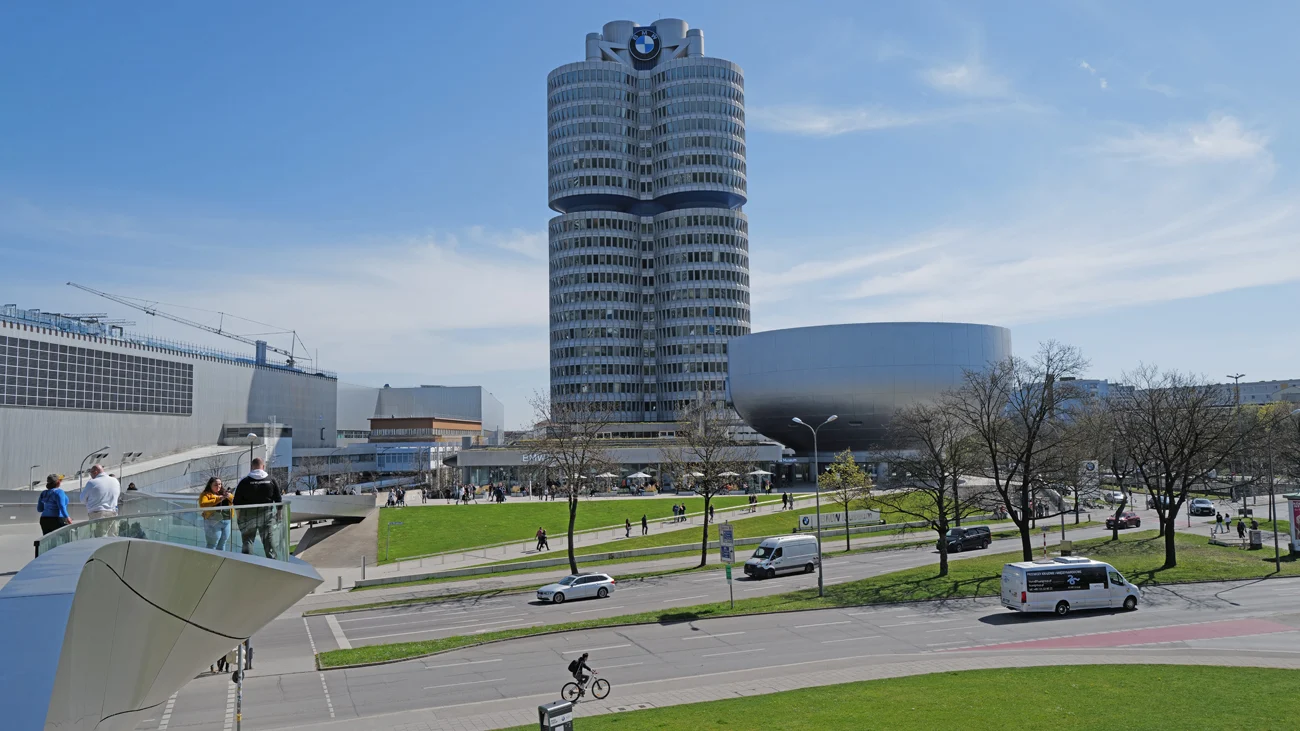
I continued on my walking tour and after about 10 minutes, I was in front of the BMW Museum. I arrived early and had resigned myself to relaxing outside until the facility opened when someone came out to see what I was waiting for. I explained I was a journalist, told them my reason for visiting, and they were kind enough to let me into the museum early to look around and take photos before it was filled with people. This was both unexpected and nice of them.
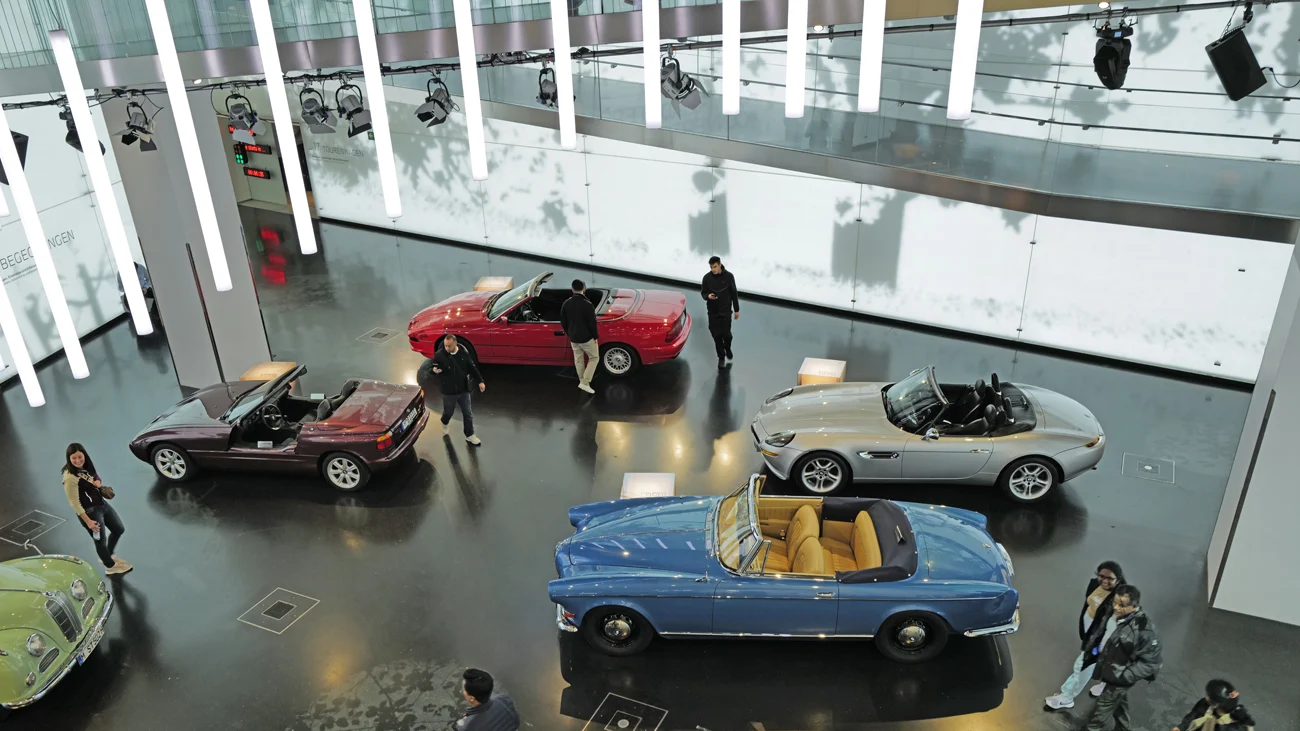
The BMW Museum is quite nice, with modern architecture and outstanding, well-curated exhibits. All the cars on display were not behind ropes or any kind of barrier; the only things I noticed were “please do not touch the cars” signs near each one. There was even a mock-up of the Isetta you could sit in so you could have your photo taken then digitally apply it to a postcard that you could have emailed or texted to you. (Of course, I did this!)
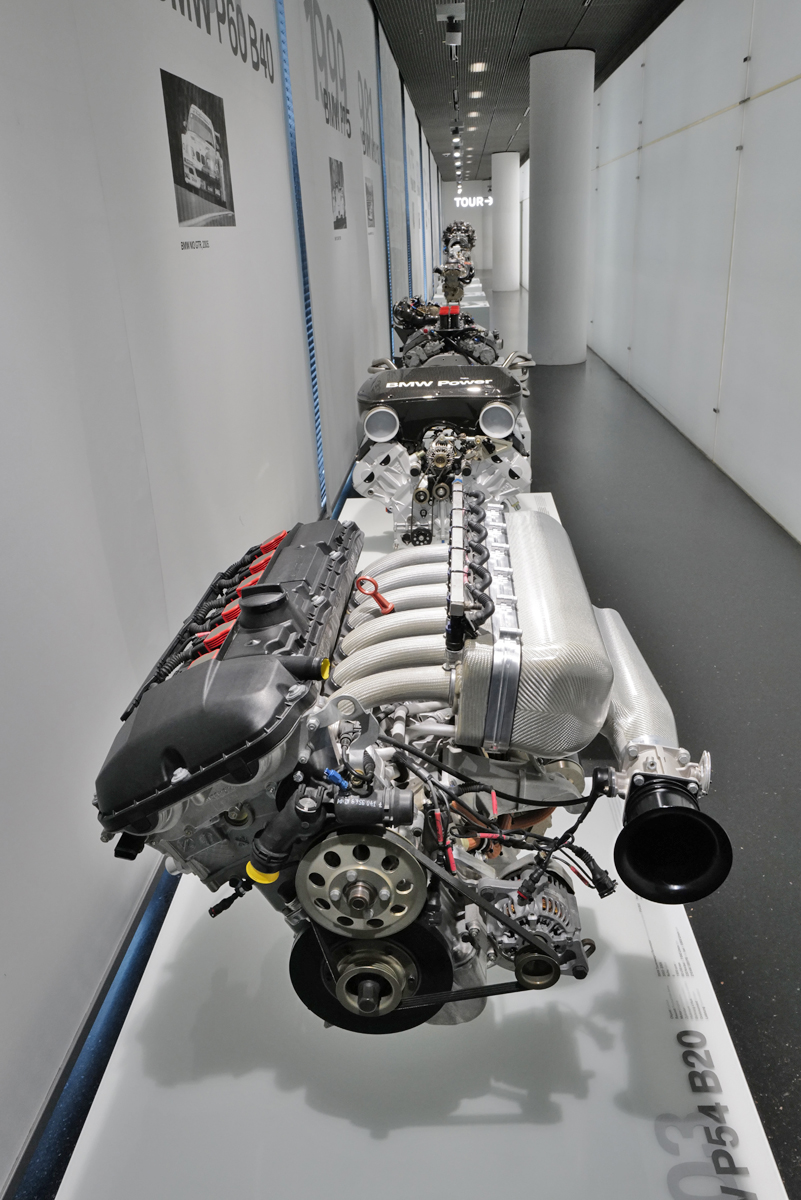
The museum also has a fascinating display of BMW engine history filled with everything from early aircraft engines to the most modern race car engines.
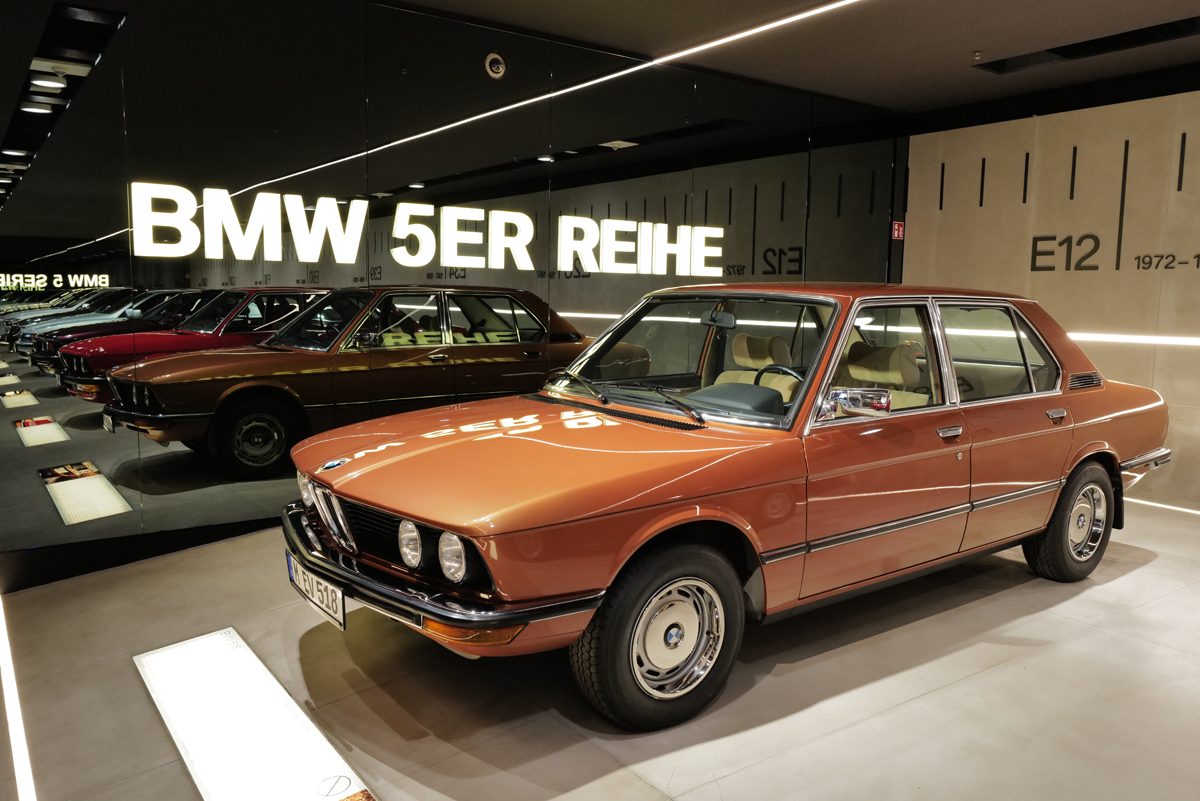
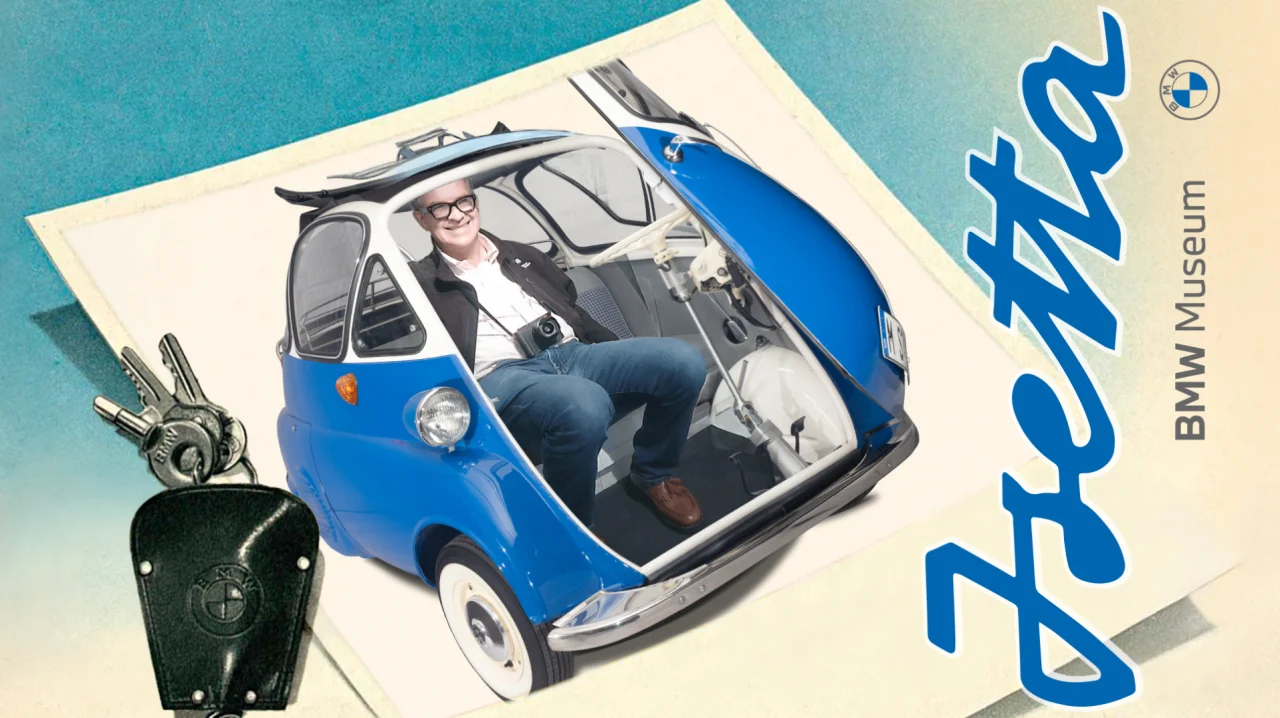
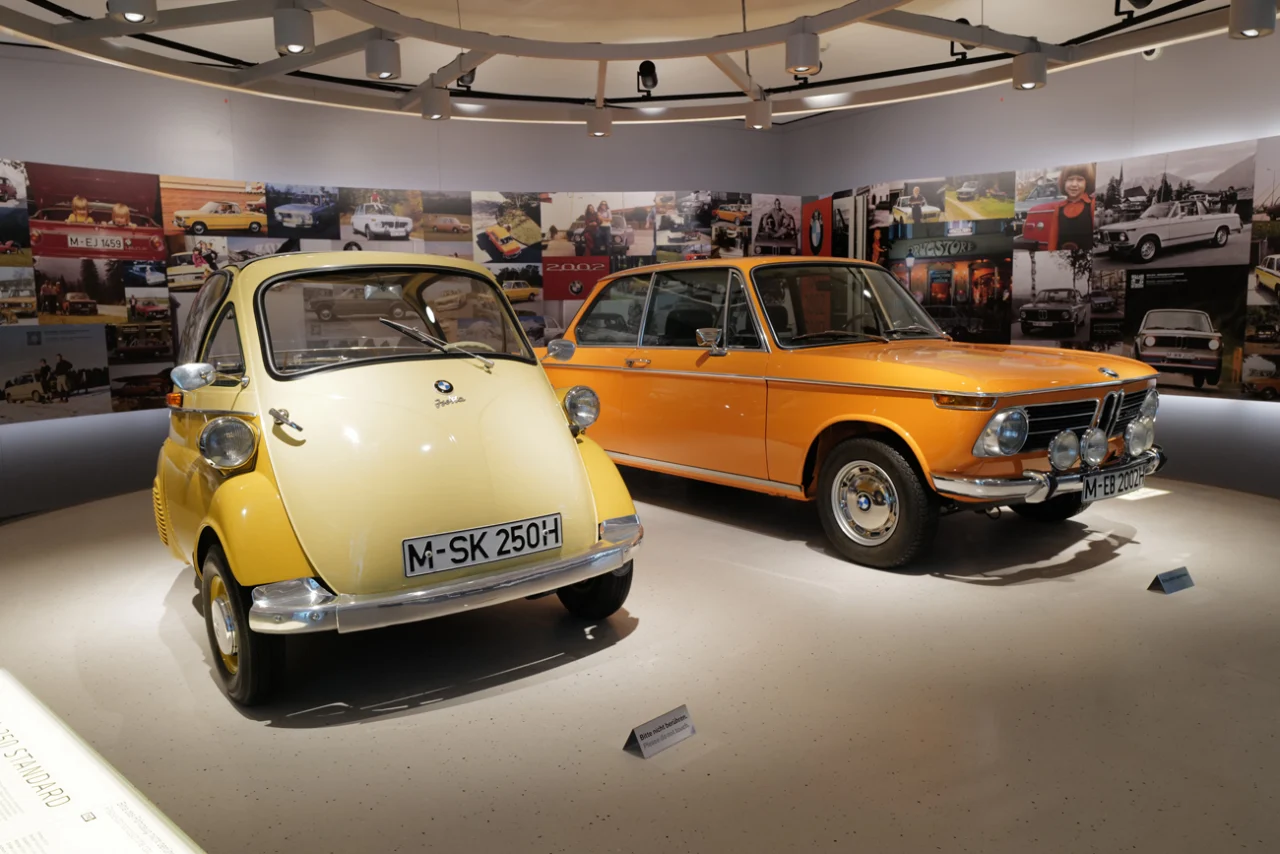
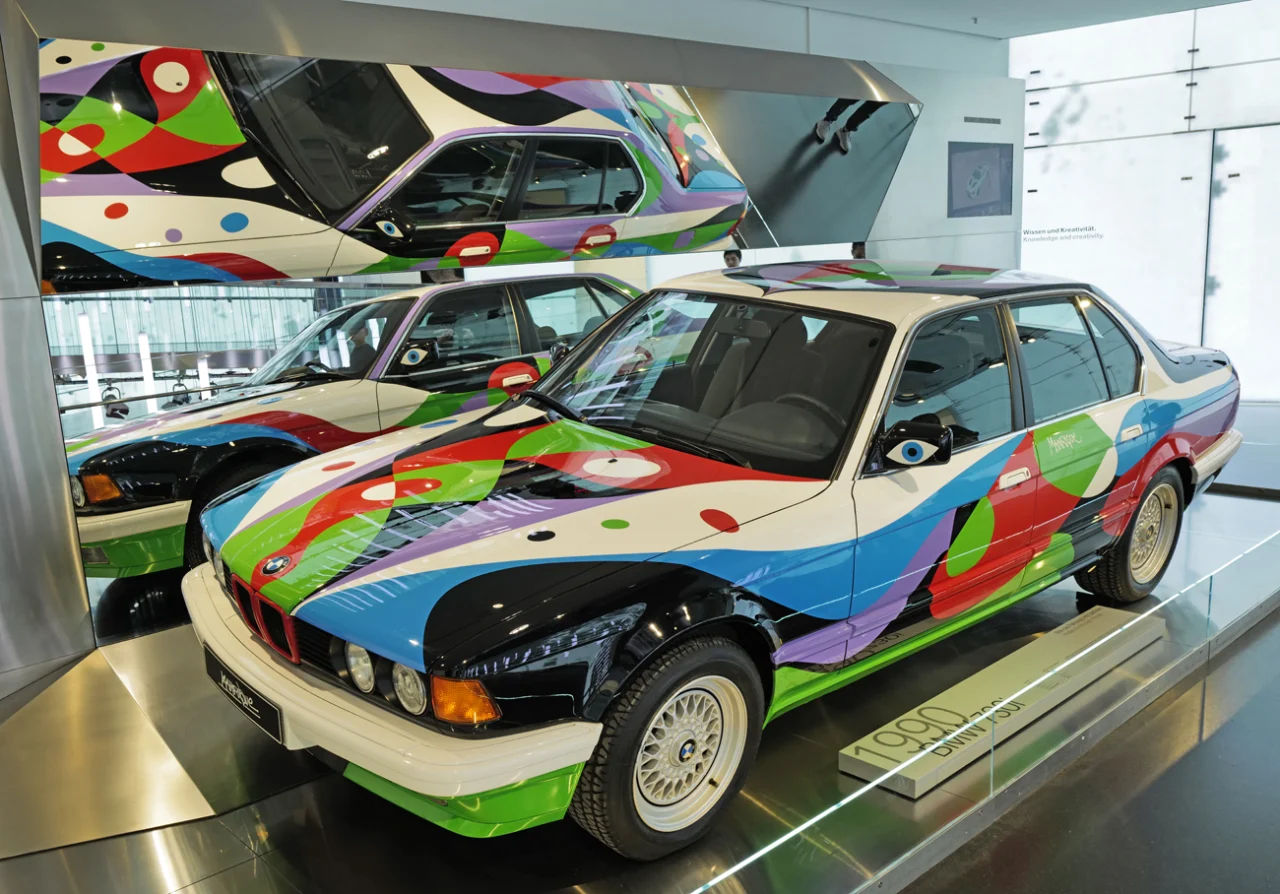
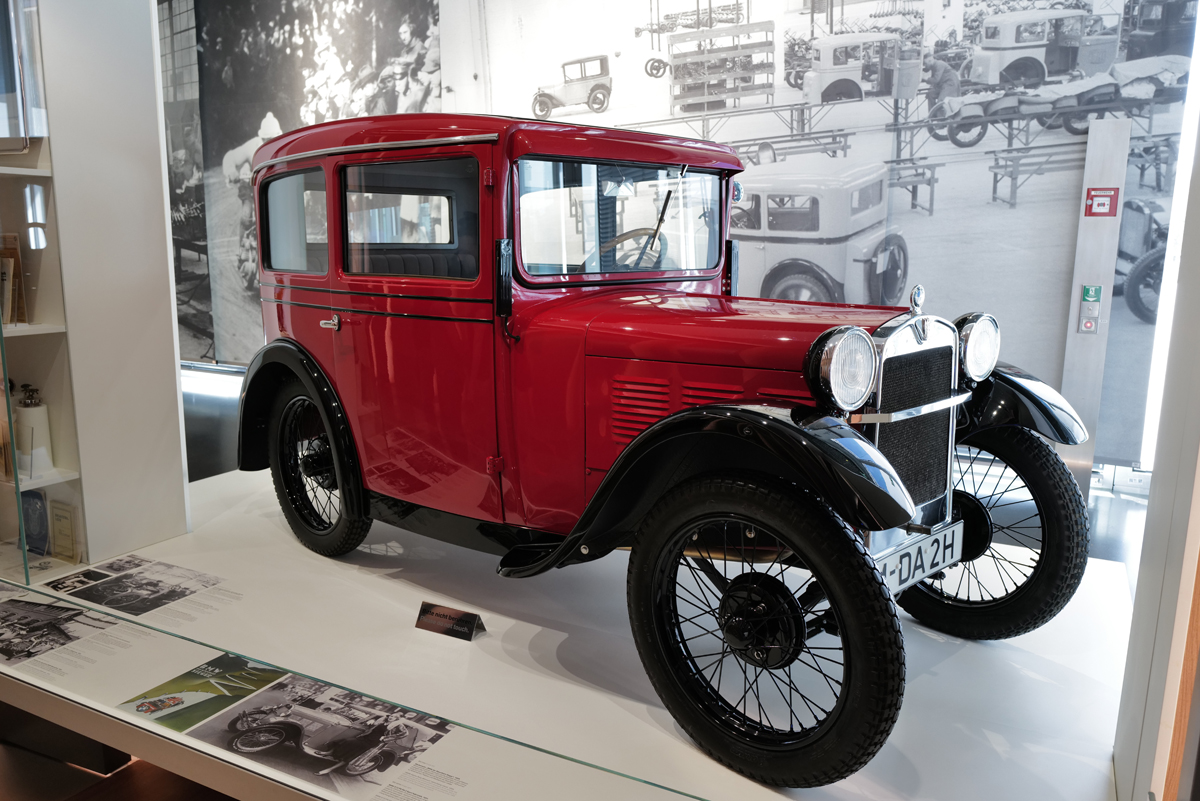


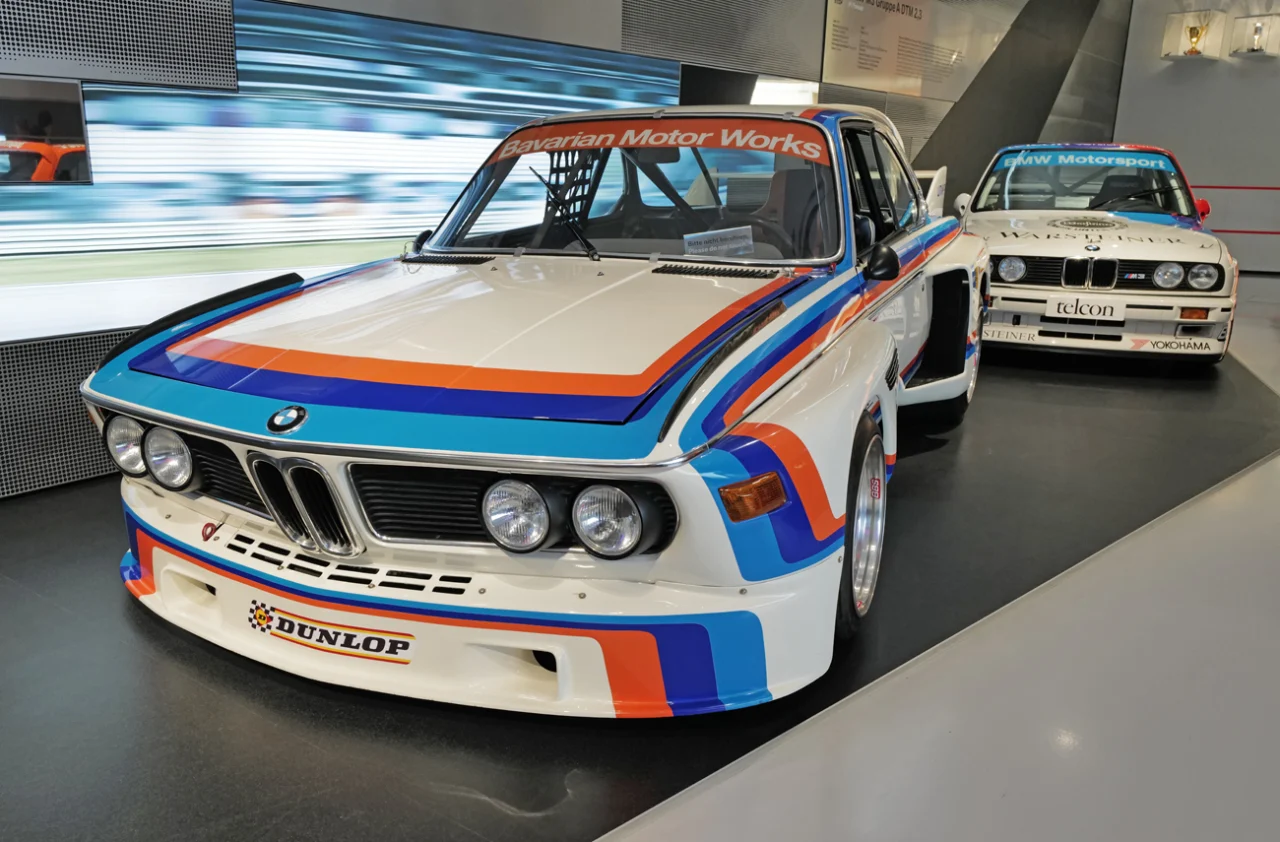
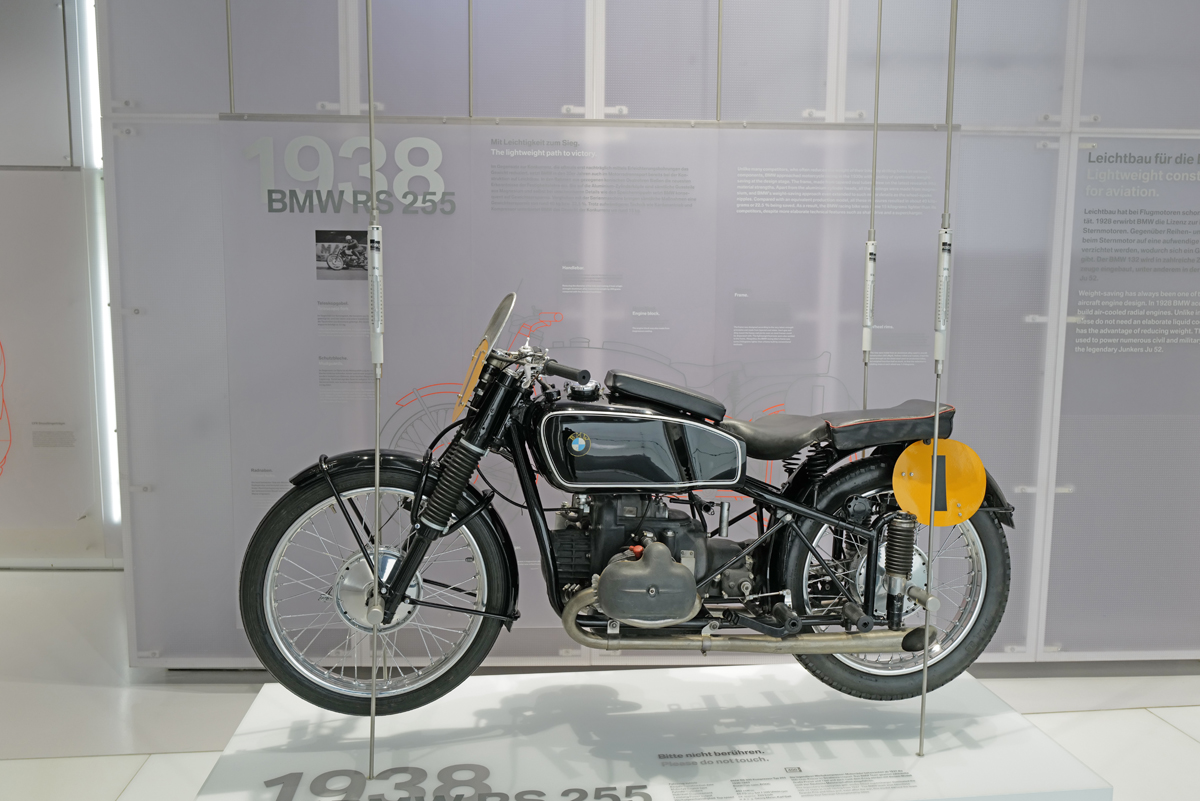
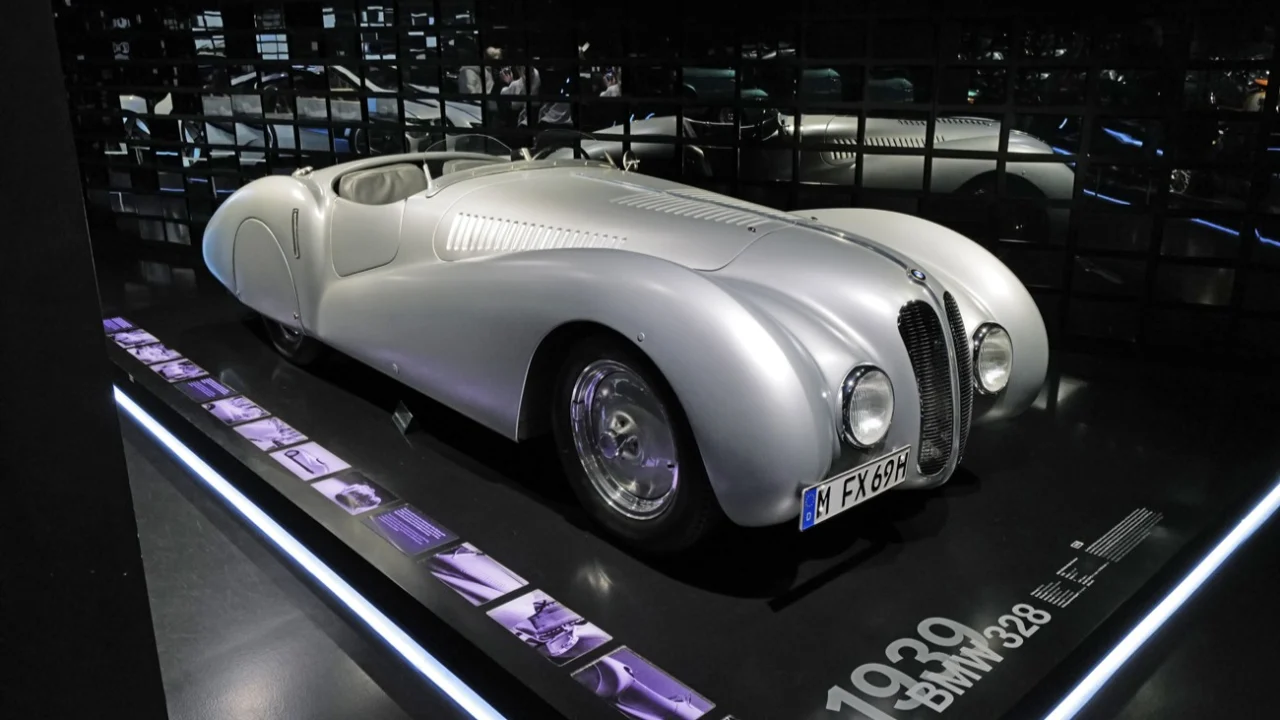
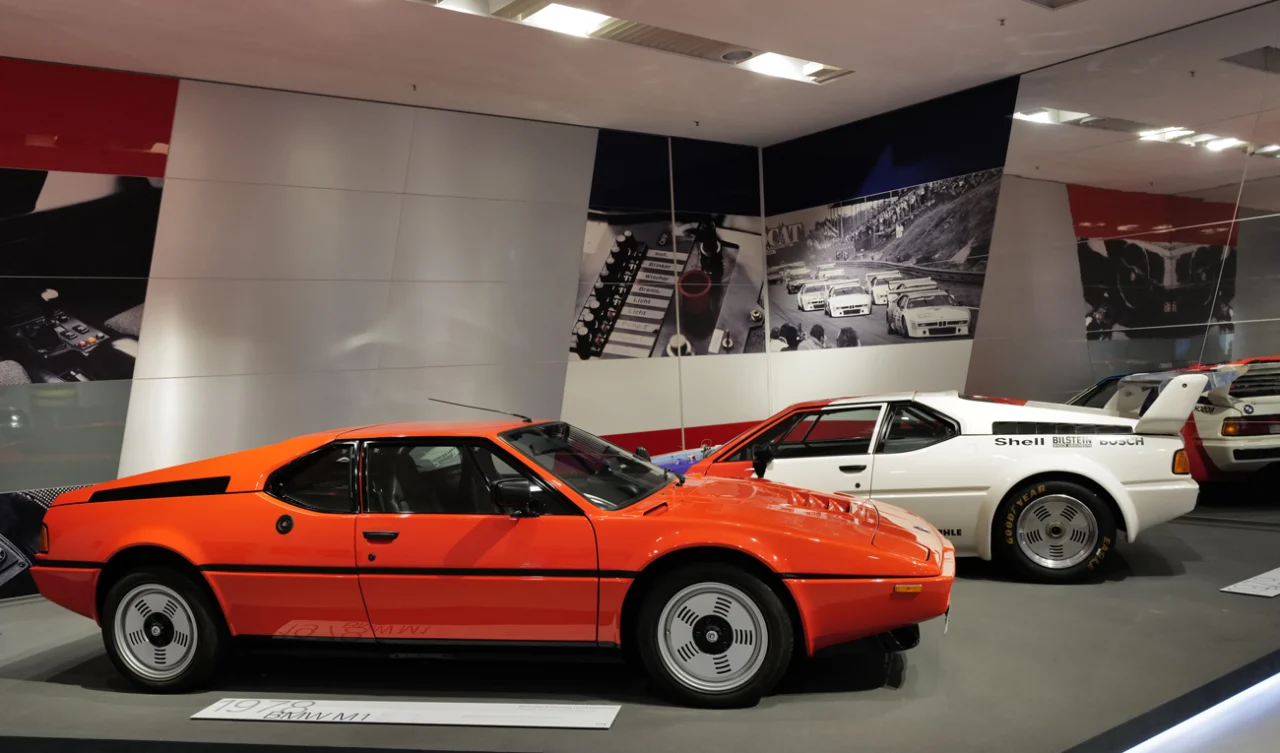
The exhibits run the range of everything the company has created, from its aircraft engines to its motorcycles, race cars, art cars, and road cars. It is truly a complete visual history of the company with audio, visuals, and text incorporated to explain what you are seeing and why it is important to the history of BMW. I spent about three hours there documenting it all, basking in everything BMW. If you are a fan of the brand, this is a must-see museum.
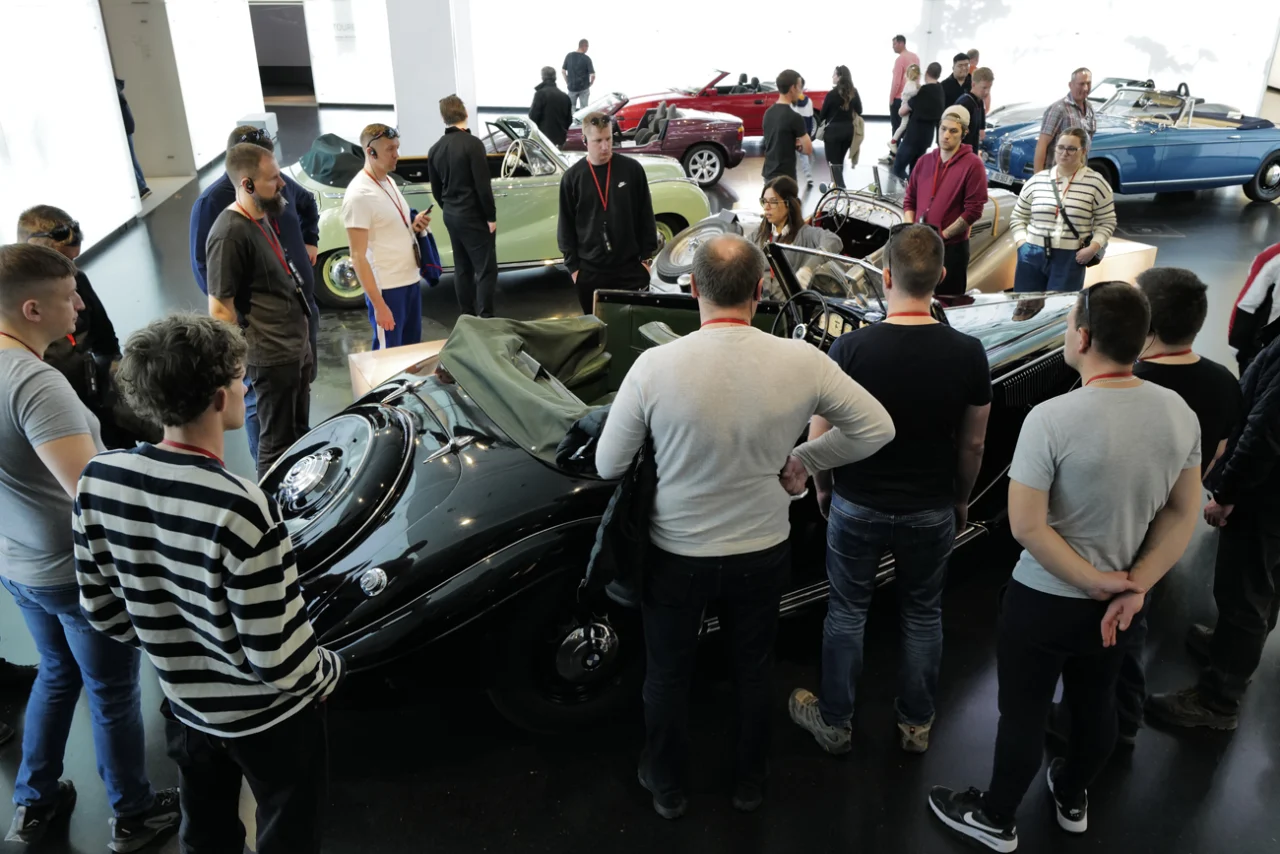

The BMW Museum also offers some great guided tours in multiple languages that provide close-up access to the cars, with guides even opening hoods so guests can see the engines.
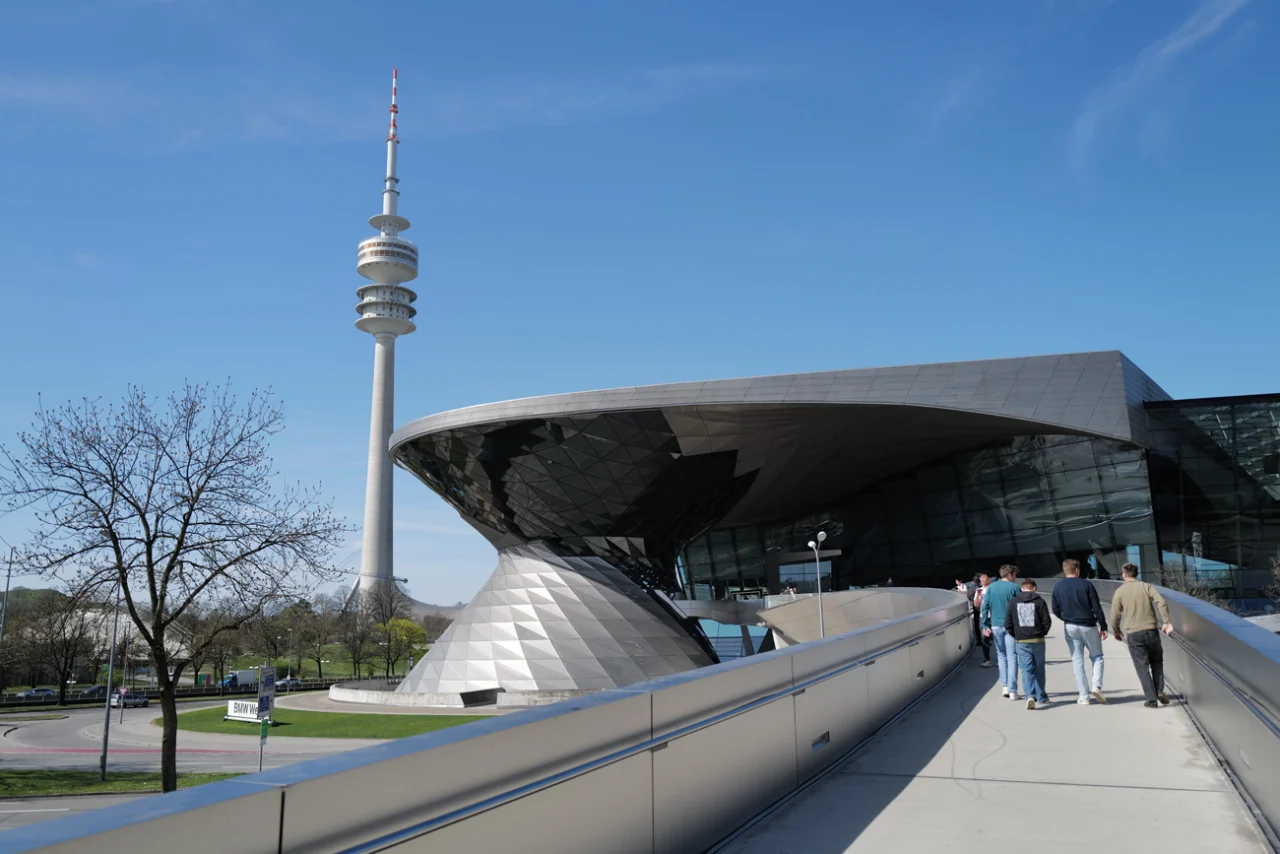
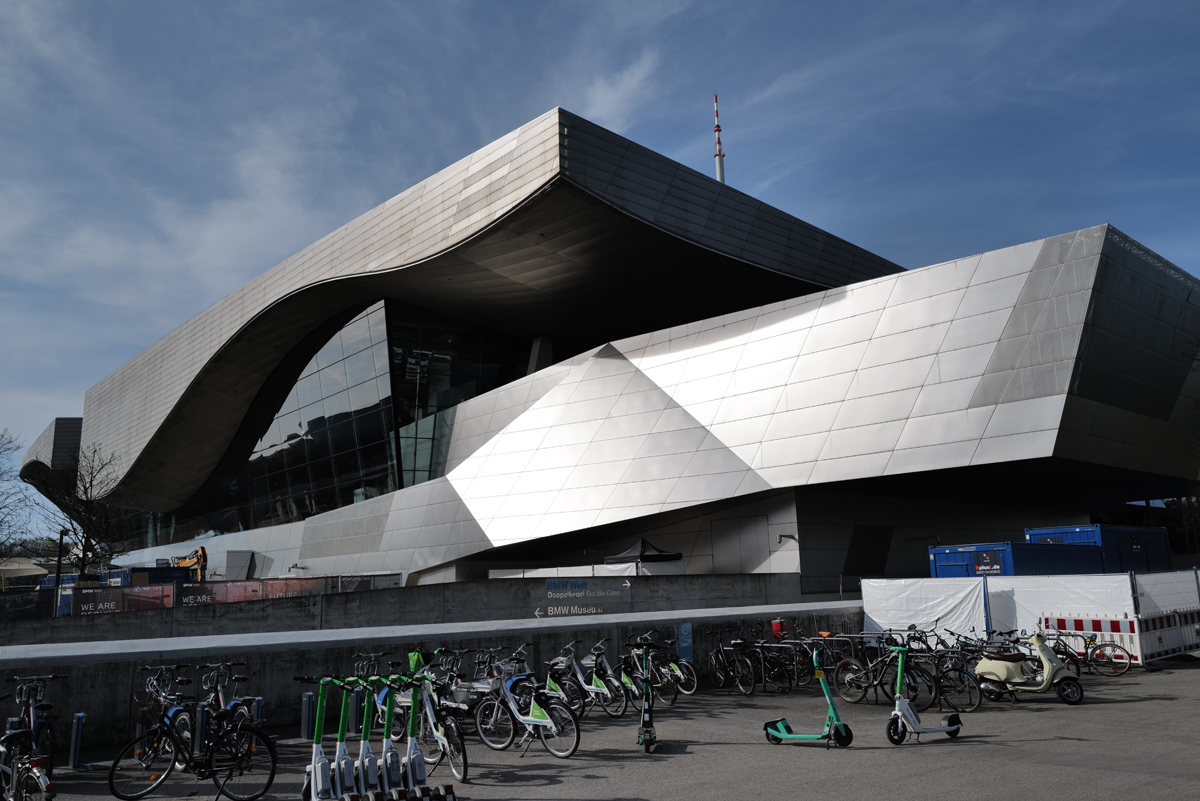
Next, I headed across the bridge from the museum to check out the BMW Welt (World). Inside were areas dedicated to every single part of the BMW universe – from Motorrad and Rolls-Royce to MINI – featuring vehicles on display to check out and sit in. There were also associates on site, each dedicated to a specific BMW sub-brand, to answer questions about the vehicles.

An on-site gift shop has tons of merchandise from each of the brands as well. I snagged some discontinued BMW GS T-shirts and a few key rings.
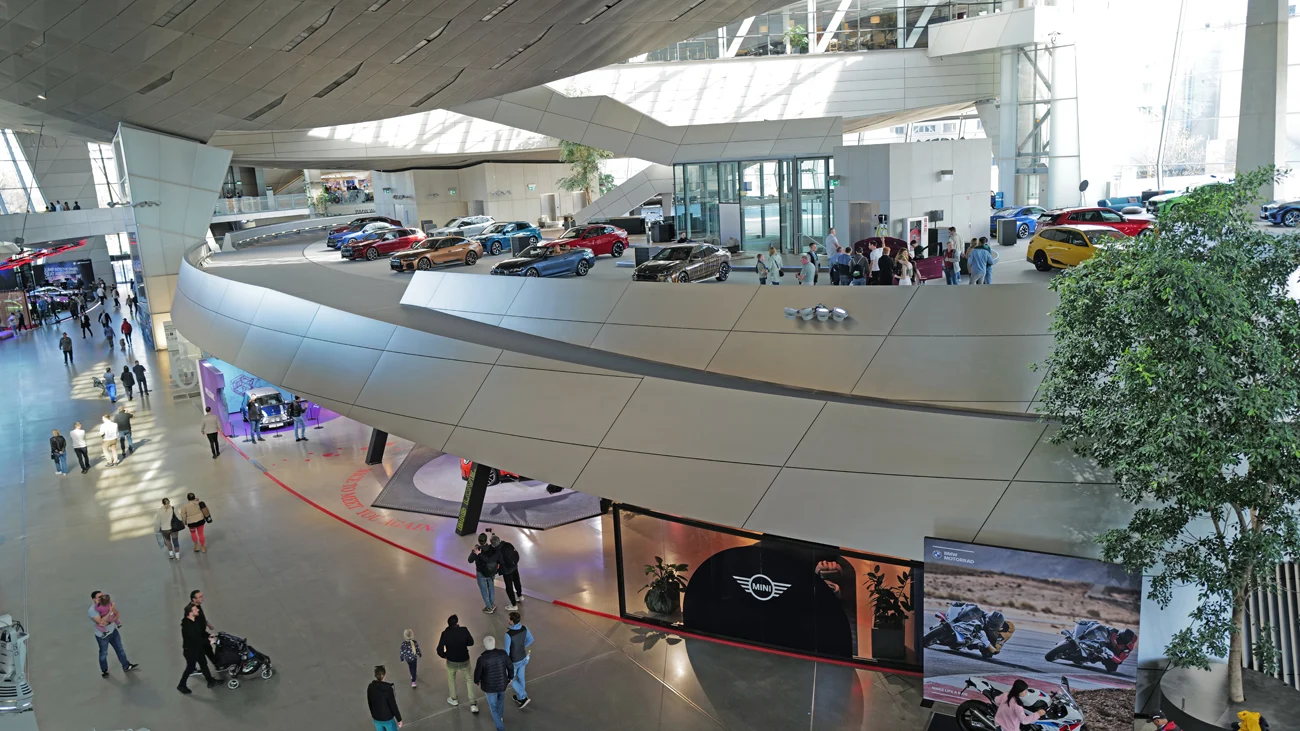
Later that night, I conducted my first interview with Alpina CEO Andy Bovensiepen, who was a senior member of the Z8 project. We had spoken before, but not in person. Andy is both fun and interesting. The dinner and interview were incredibly valuable and I learned quite a bit about the Z8 that I had never read anywhere before. What a great night.
The next day, my photographer and friend Peter Singhof arrived at the hotel from Stuttgart, then we began our tour of the city of Munich.
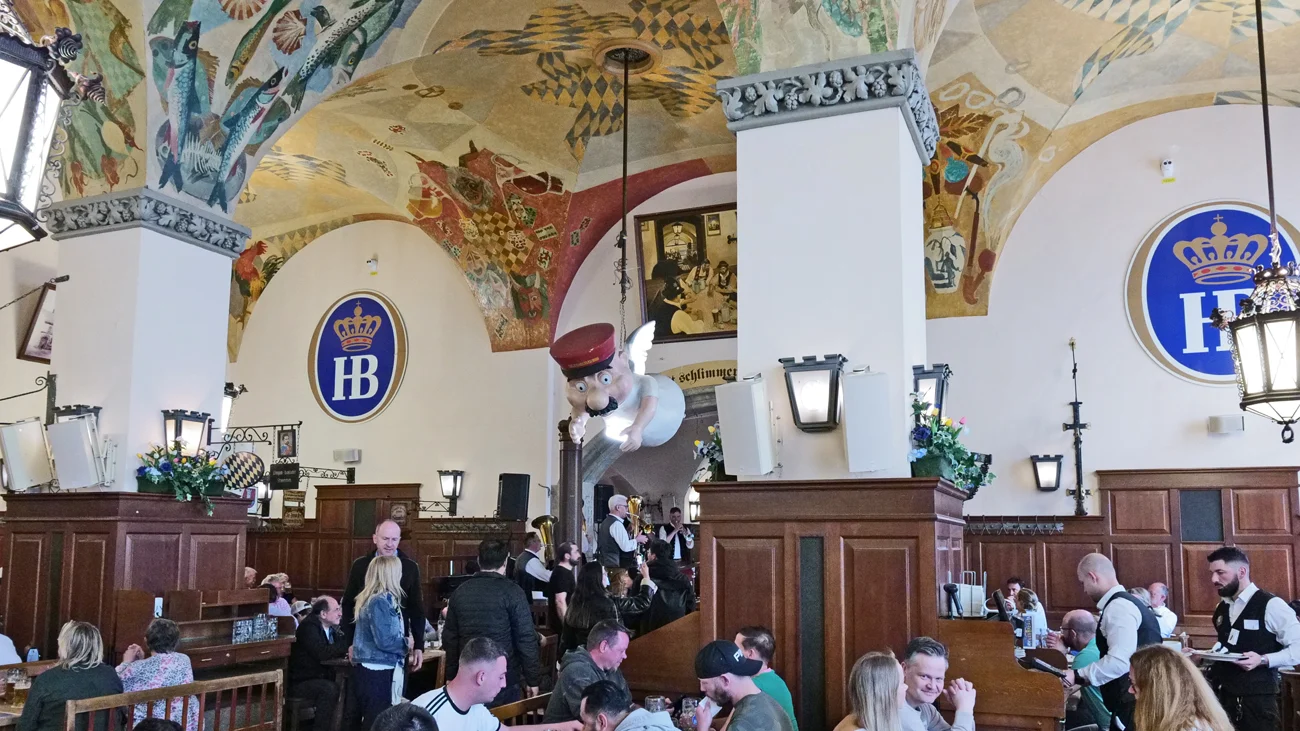
We started with brunch at the famous Hofbräuhaus München, where we ate sausages and listened to traditional German beer hall music. It was loud but fun, with everyone at communal tables. This is basically the place where World War II started, a landmark I needed to see. The food and drink were excellent.
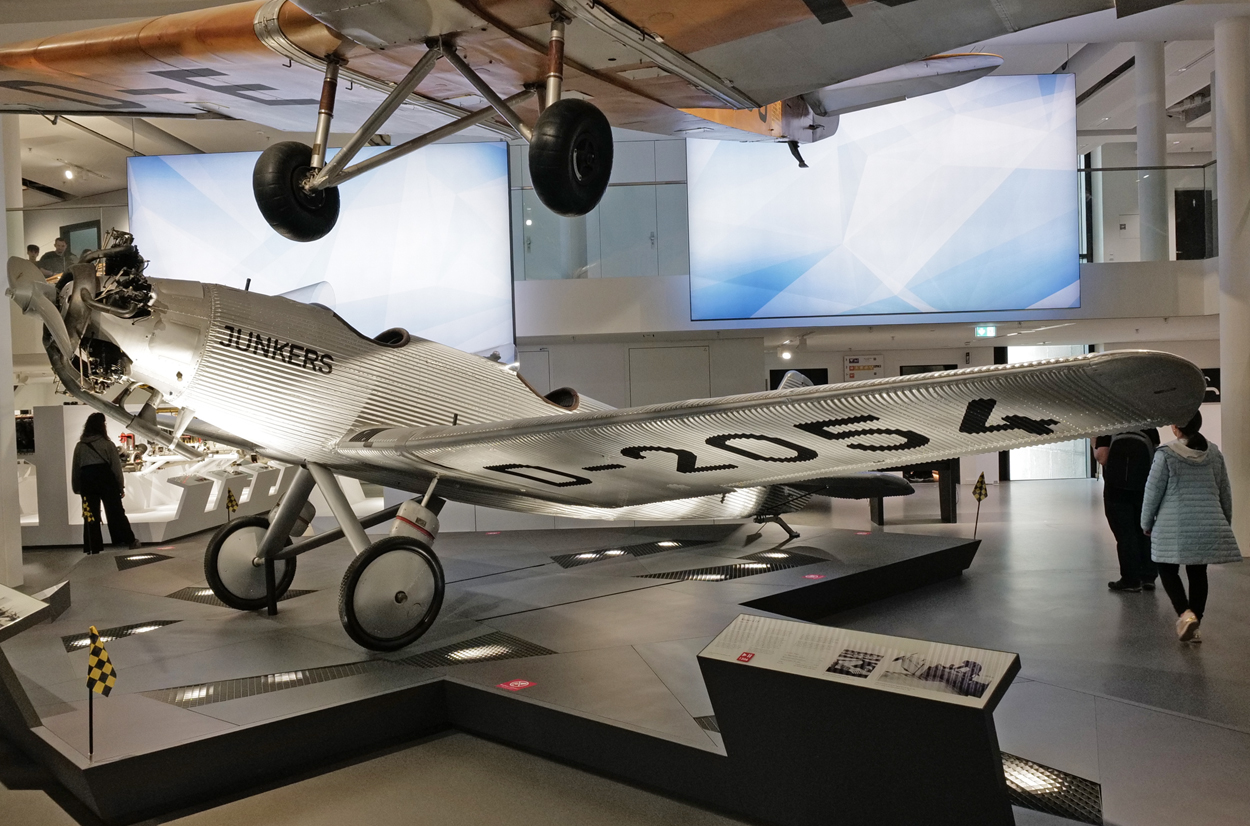
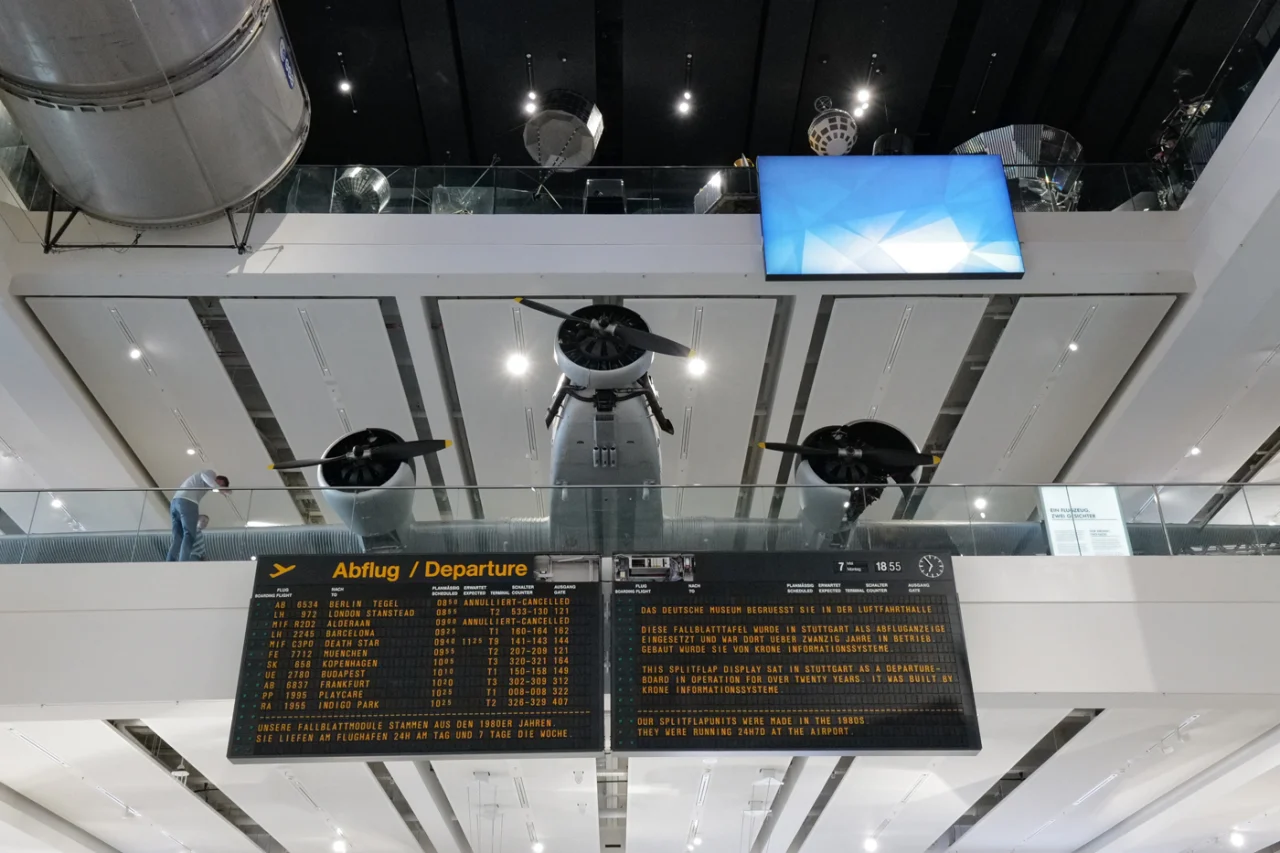
Next on our itinerary was the German Transport Museum. However, that stop was a little delayed, as initially we went to the wrong museum: the Deutsches Museum of Science and Technology, which we decided to explore. If you have any interest in aviation, this museum is worth the trip because it offers incredible exhibits that include a cutaway Airbus 380 and scores of Junkers aircraft. It also has a nice display of German aircraft engines dating from the beginning of aviation in the early 1900s right through to the modern day.
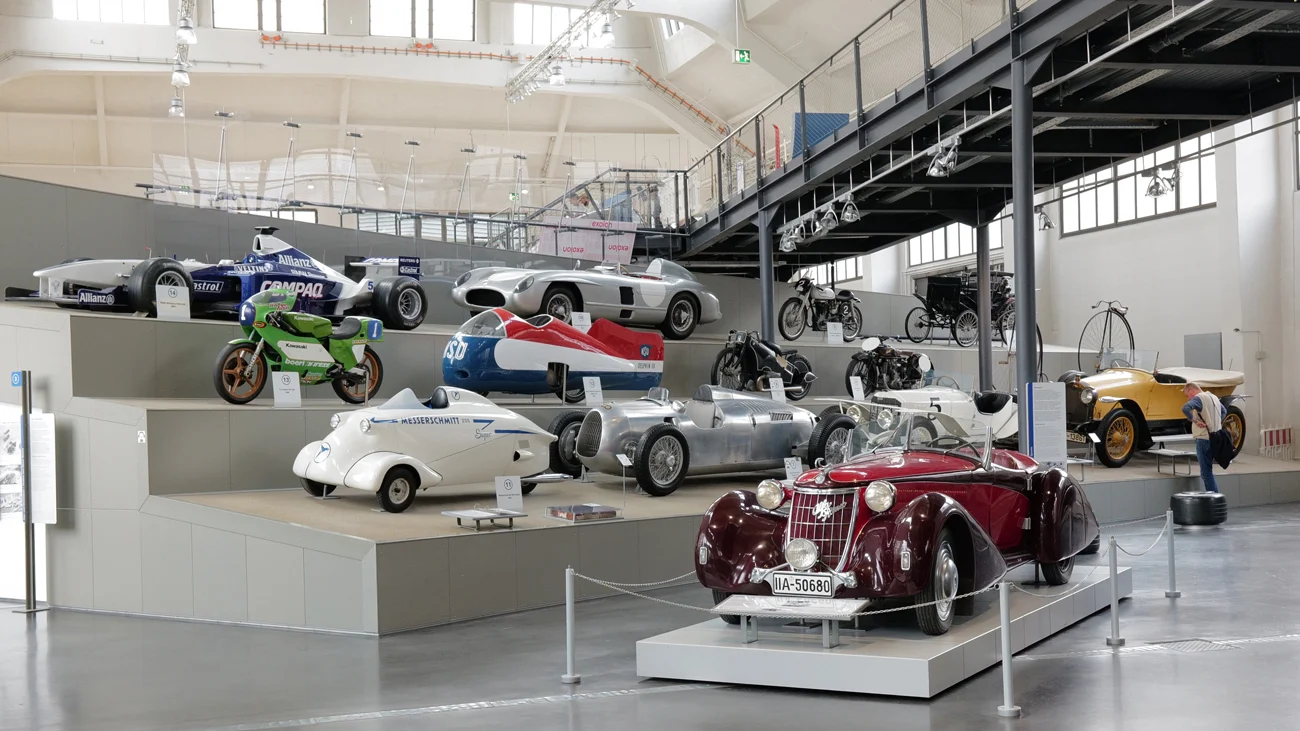
After leaving that museum, we got in the car and finally found our original destination, the Deutsches Museum Verkehrszentrum (German Transport Museum).
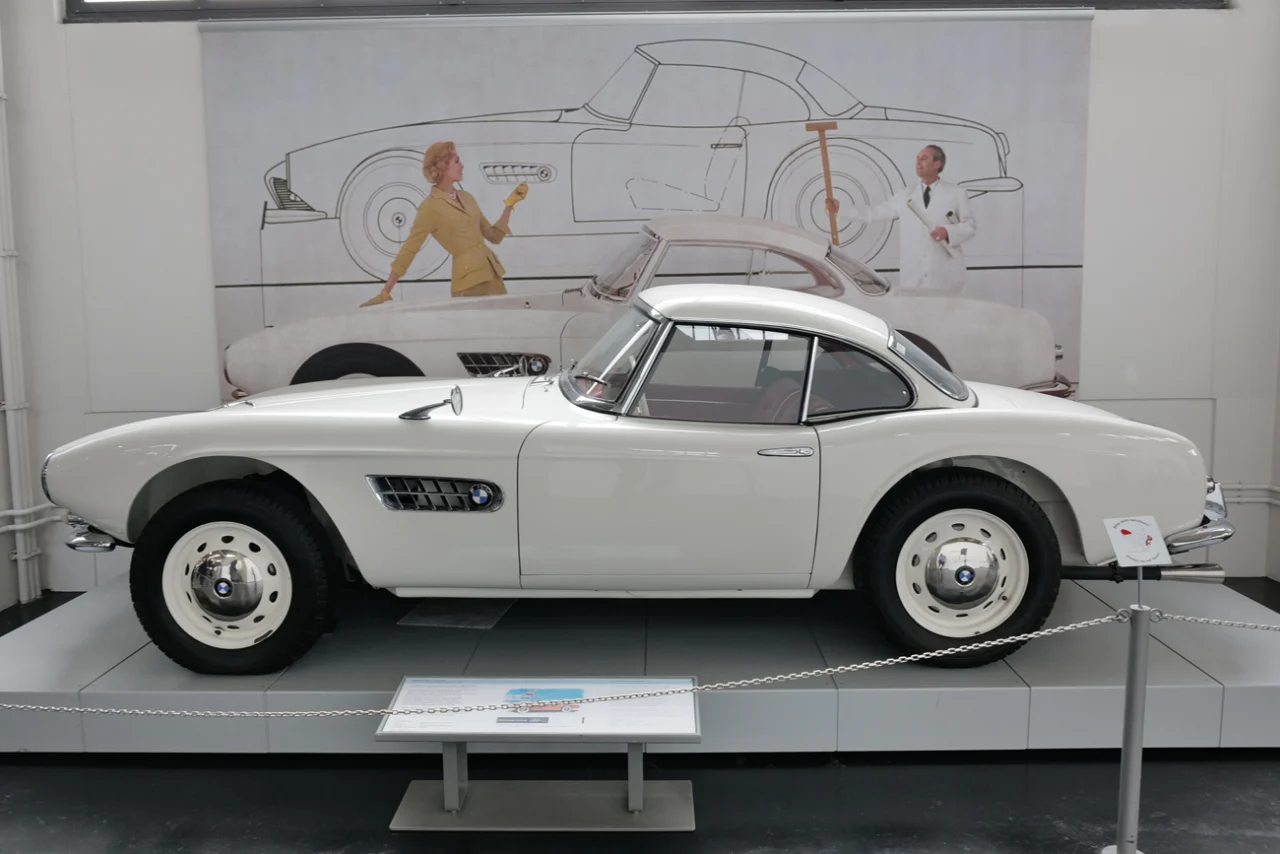
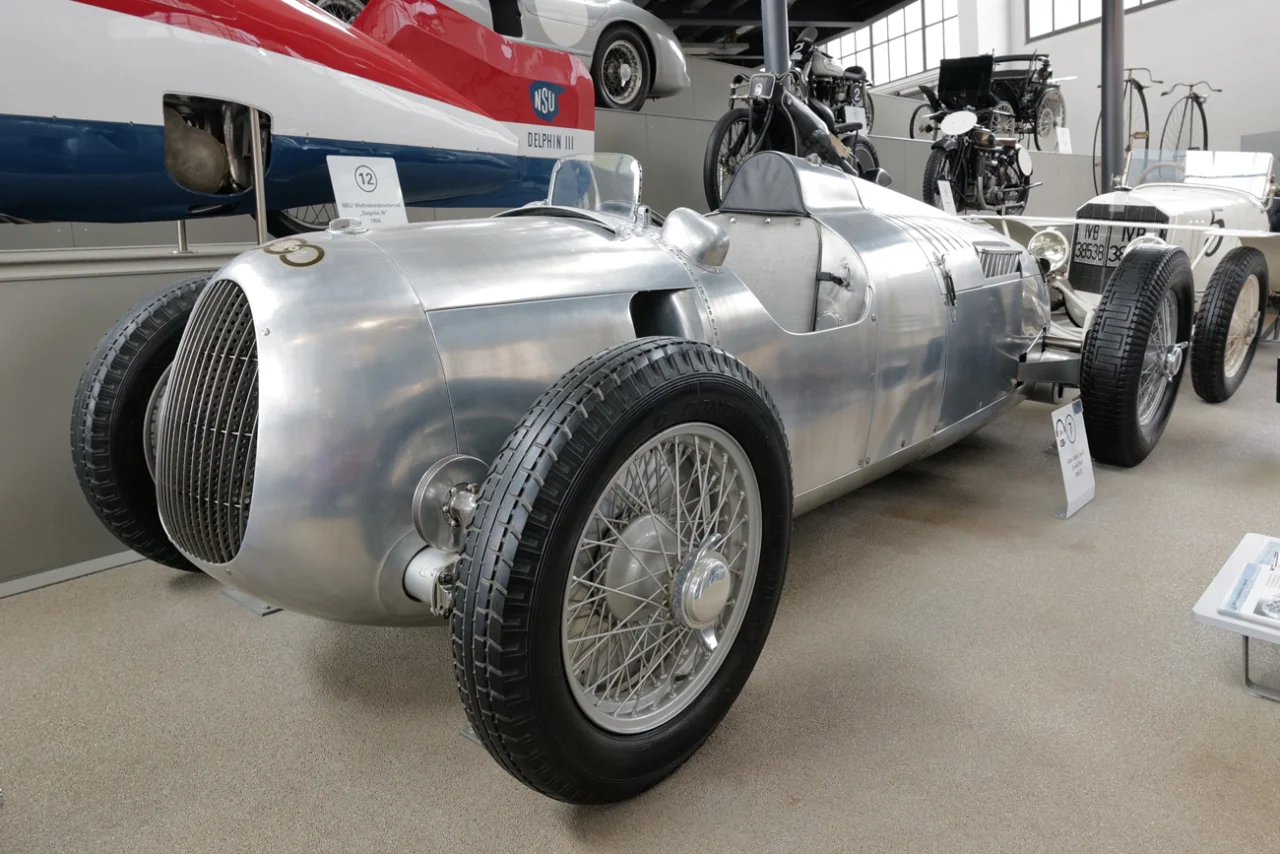
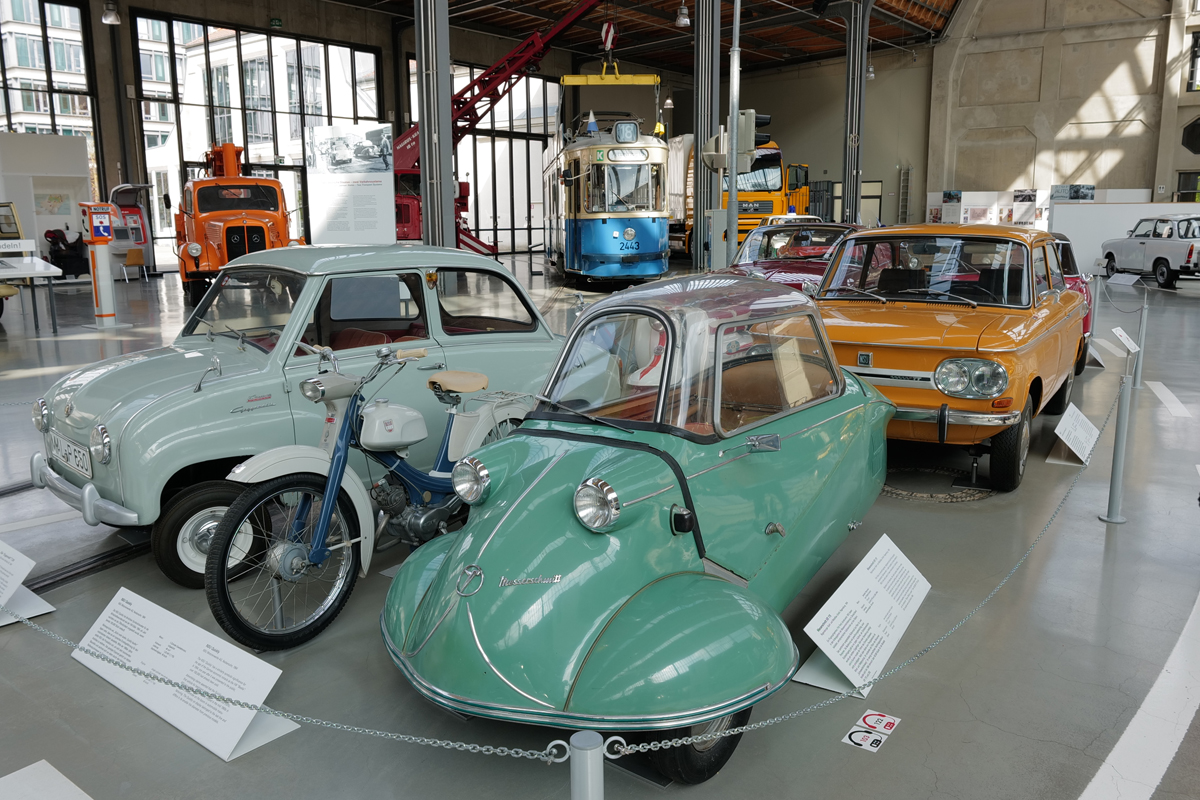
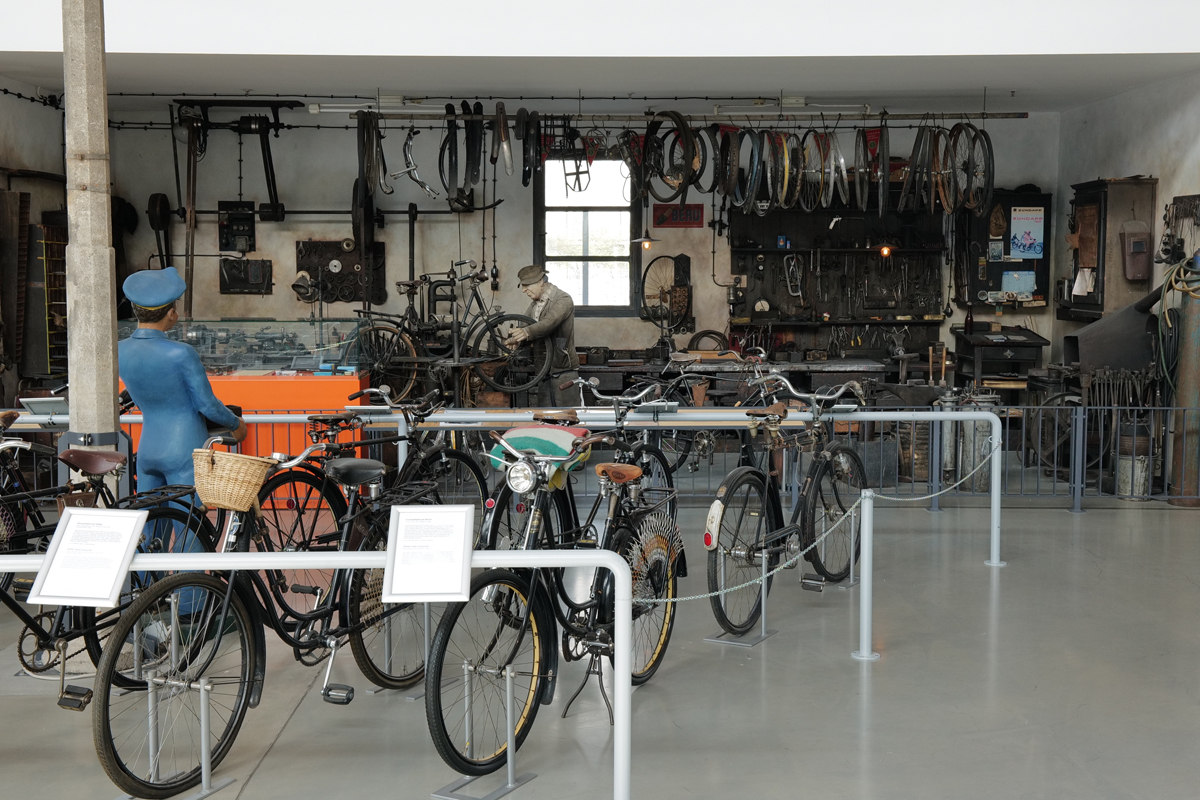
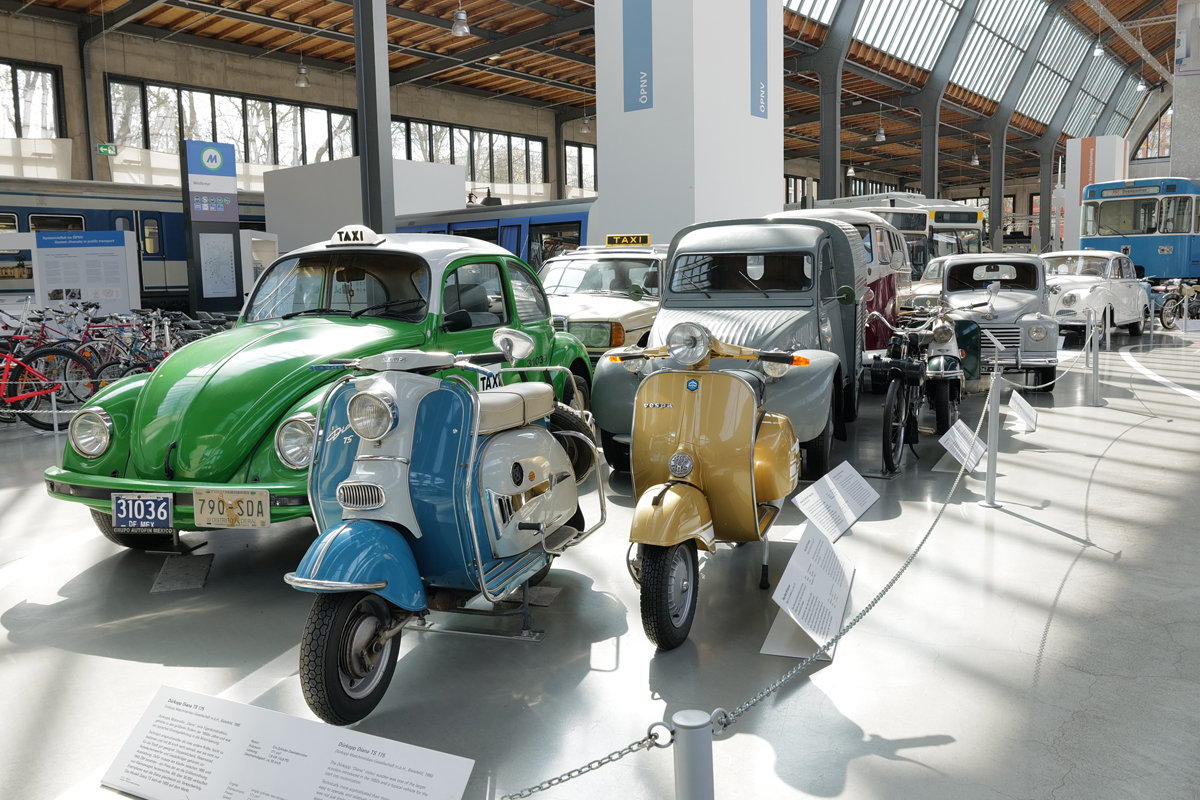
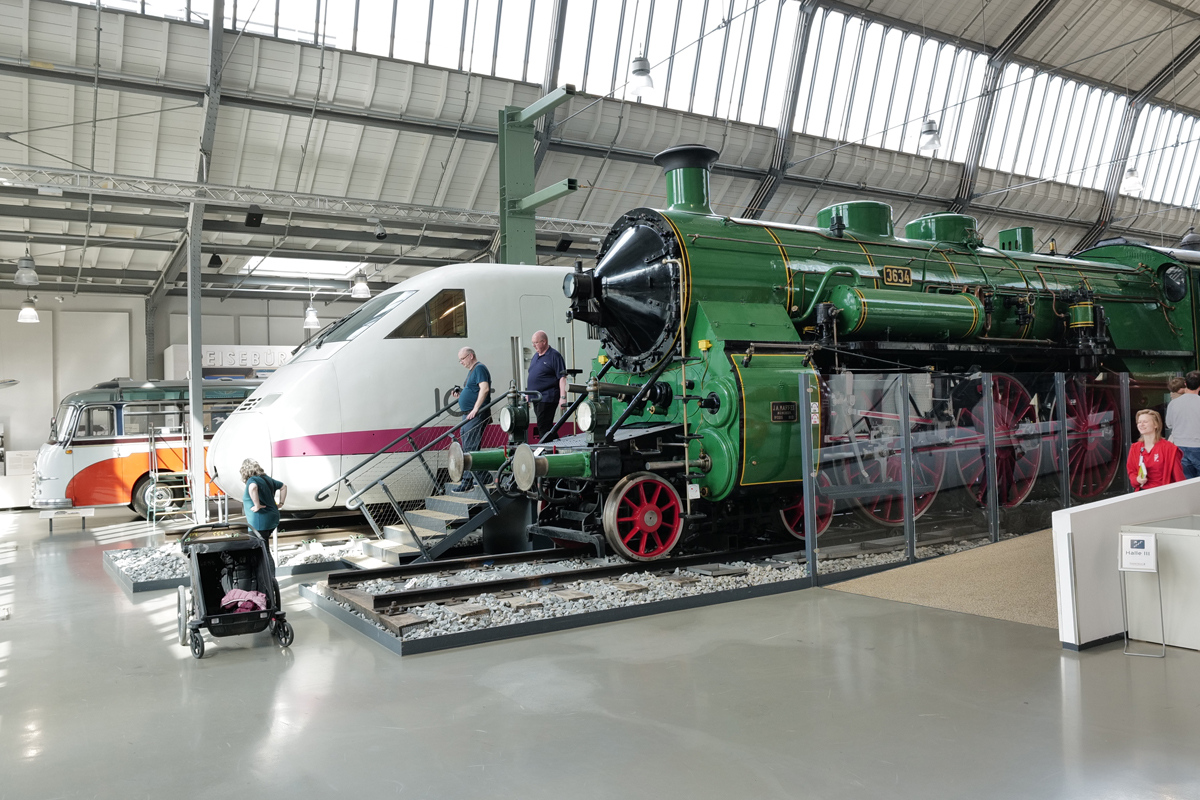
The Deutsches Museum Verkehrszentrum is not just about cars, but rather all forms of transportation, with displays featuring everything from trains and buses to motorcycles, scooters, road cars, and some amazing race cars. We spent about 2.5 hours there marveling at the collection. The two crown jewels to me were the Mercedes-Benz W196 Streamliner and the supercharged BMW race bike. This museum alone is worth a trip to Munich.
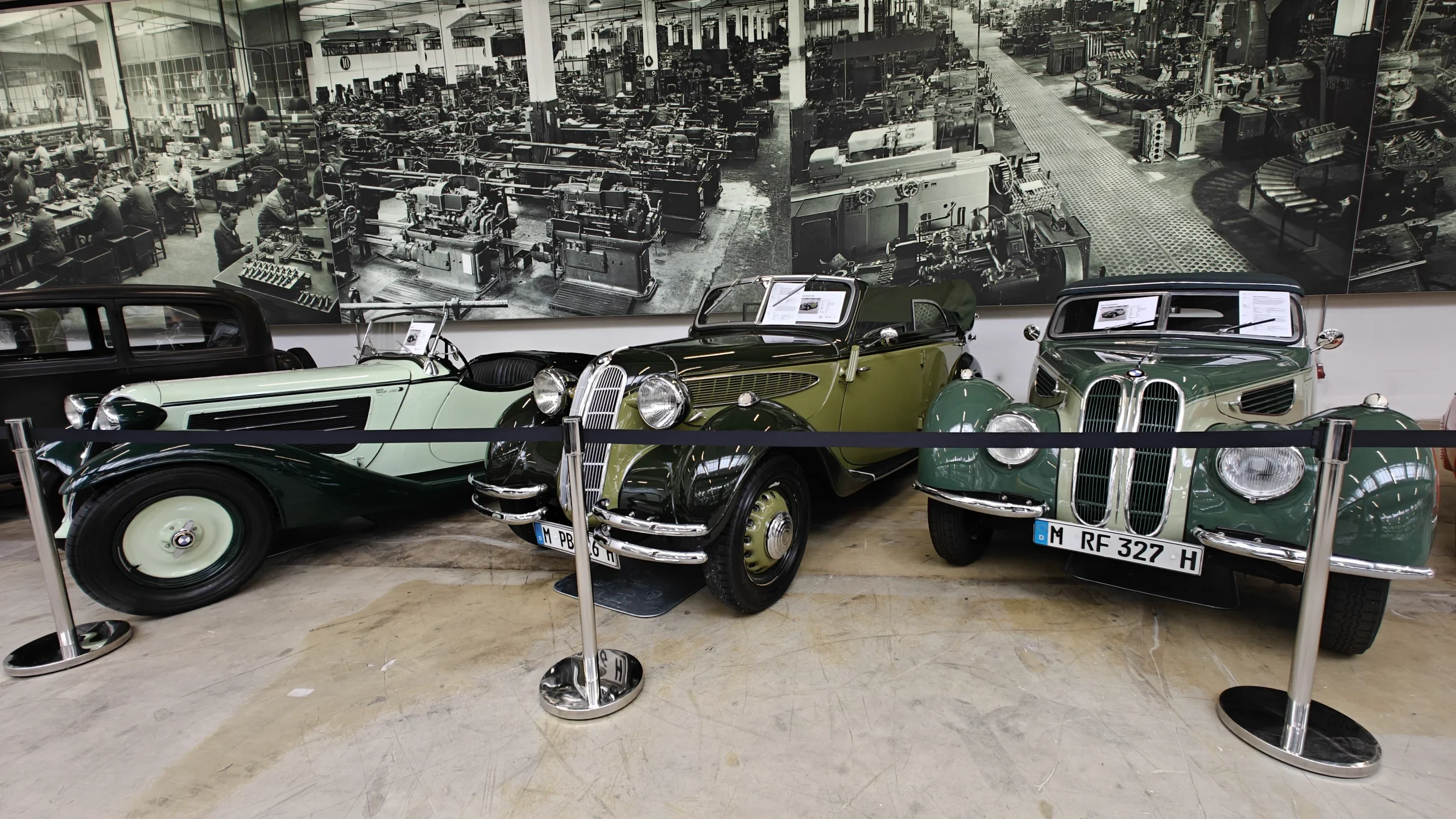
Monday morning, Peter and I met with BMW Group Classic’s Tom Tischler and Ingrid Muehlbauer in the company’s cafe, after which Ingrid took us on a short tour. Then we headed out to start our photo shoots. The collection of cars at the Group Classic headquarters can be viewed by the public, but you need to make an appointment in advance. I highly recommend doing so, as there are some remarkable cars there. Most notable to me were the one-of-one yellow 507 and the V12-powered Z3 concept car.
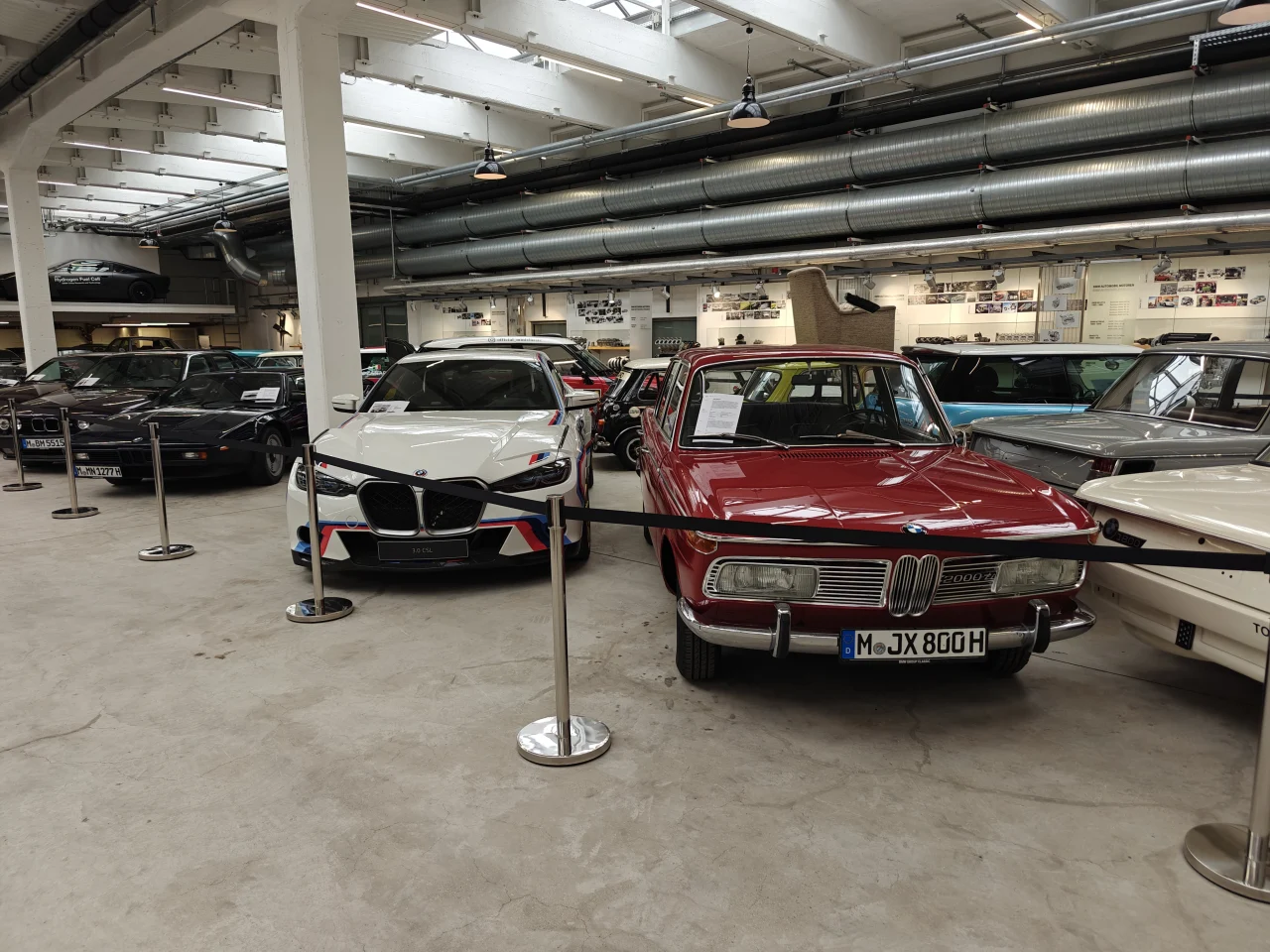
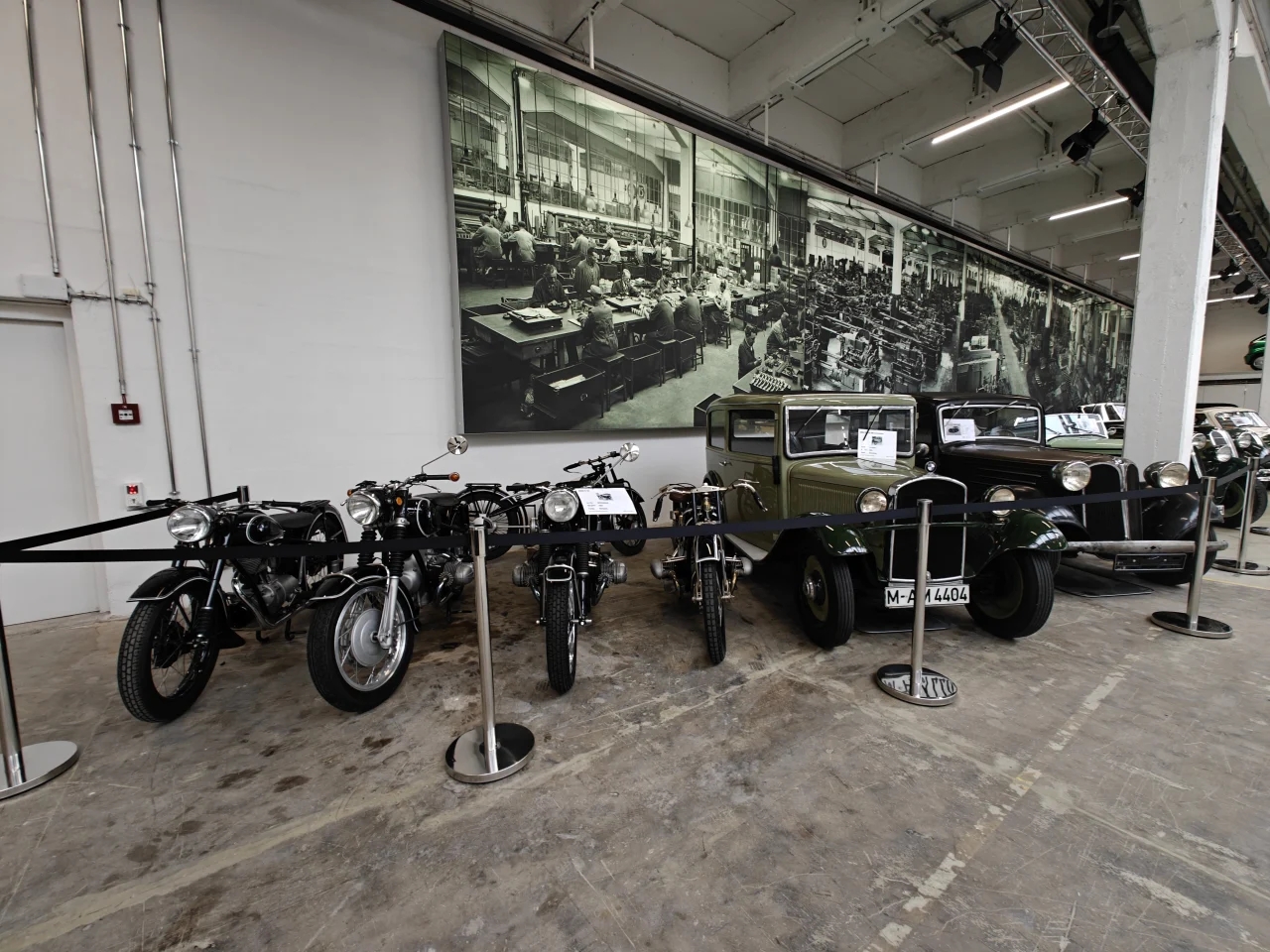
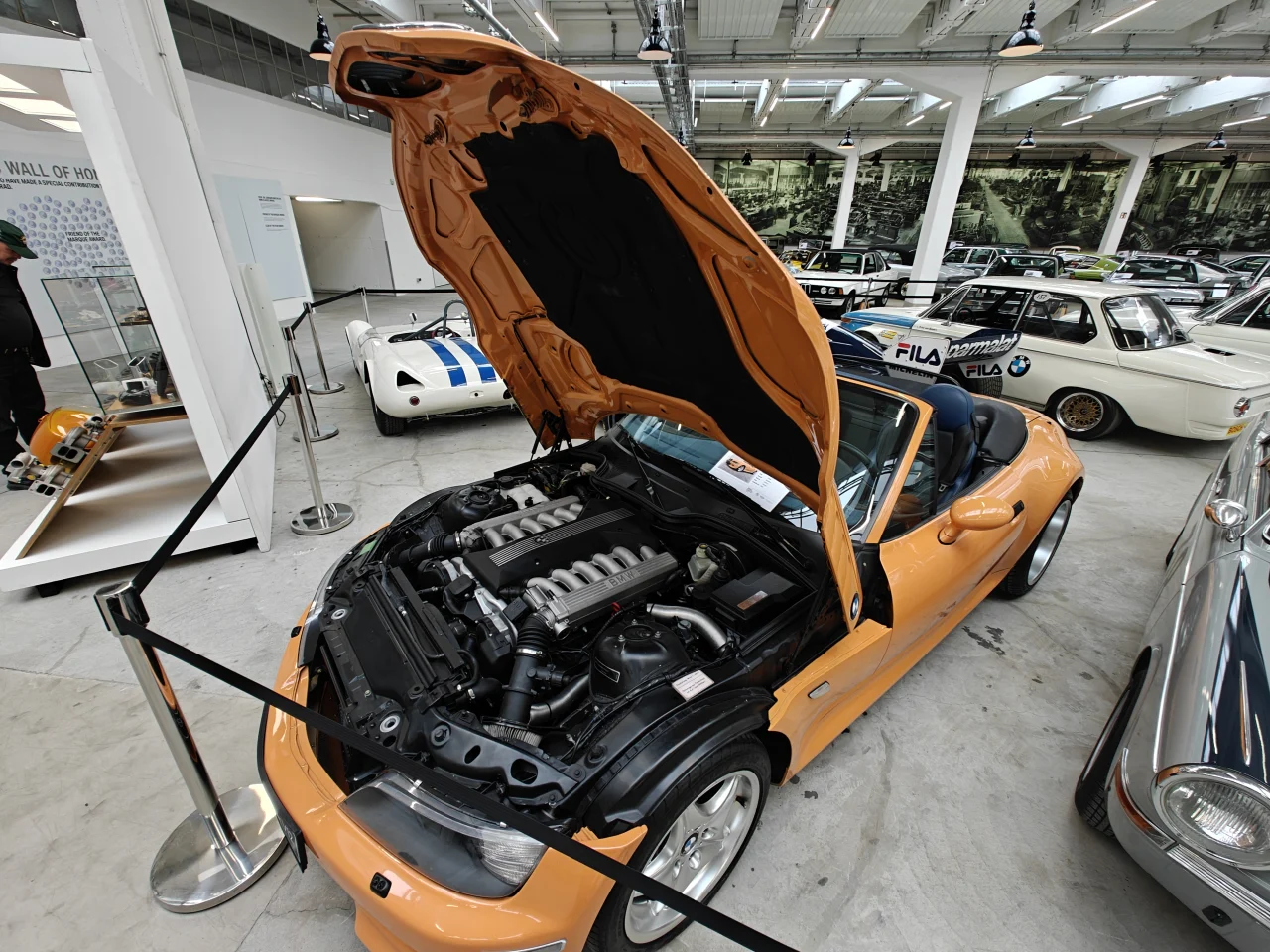
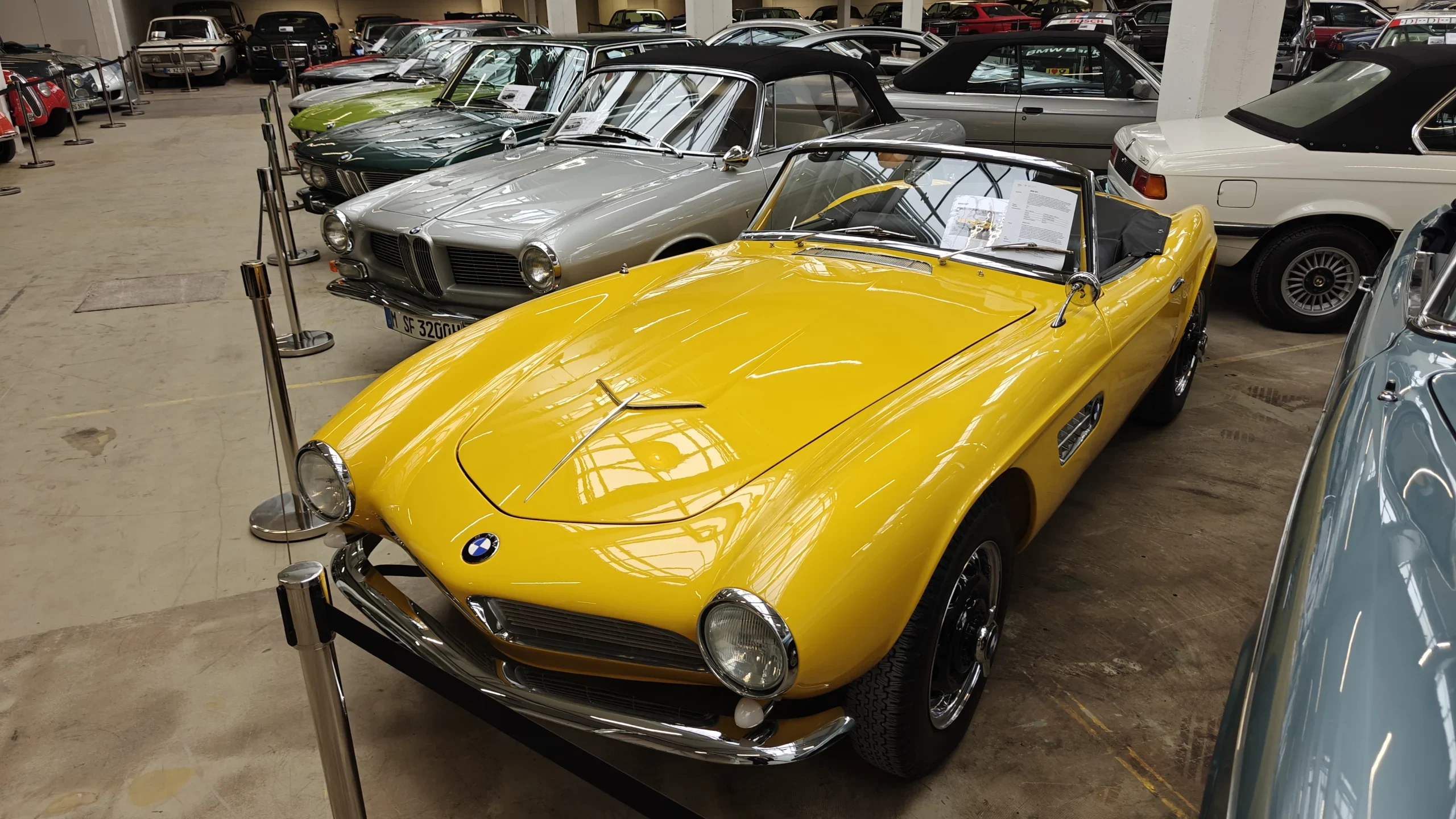
The rest of the week was a blur, consisting of interviews with Z8 project members (including steering wheel designer Dave Carp) and countless photo shoots of rare Z8 cars.


Before I knew it, Friday had arrived and I was on a plane back to the U.S.
If you have not been to Munich, I highly recommend going, whether you are a “car guy” or not; there are many great sights to see beyond cars. It is one of the most friendly and welcoming cities in all of Germany – and if you are a car person, it certainly is a bucket-list trip.

